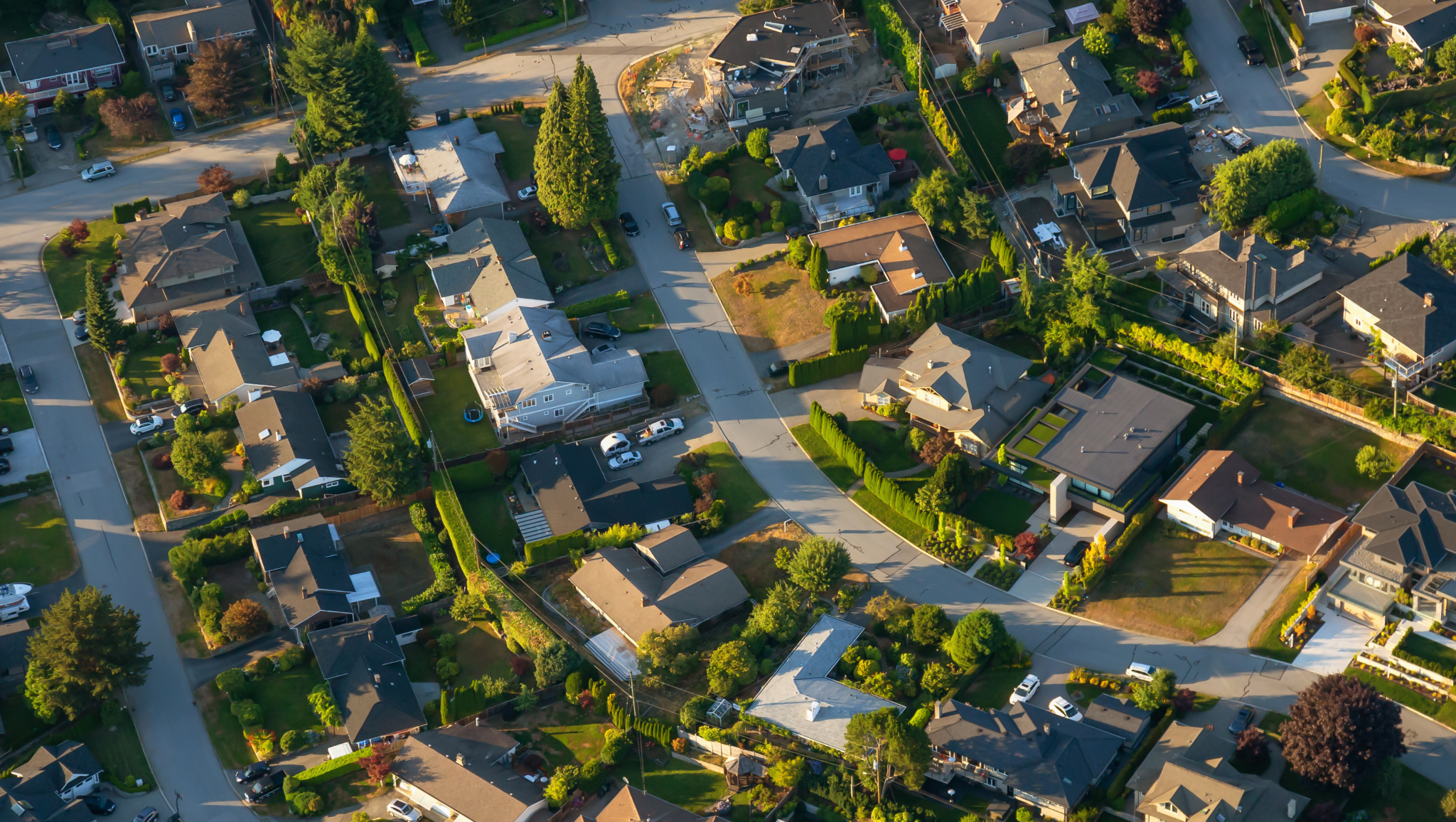Arizona’s housing market is defined by contrast: rapid growth on one side and long-term stability on the other.
From the metro intensity of Phoenix, to the balance of Tucson, and the steady draw of the East Valley, investors here are navigating one of the most diverse real estate environments in the country.
For us, it’s home. And it’s that local perspective that changes how we view every deal, every data point, and every opportunity that comes across our desk.
Phoenix: Momentum with Depth
Phoenix remains Arizona’s anchor market, and one of the fastest-growing metros in the U.S. Inbound migration continues to fuel both the housing and rental sectors, supported by expanding employment in logistics, healthcare, and technology.
For investors, this growth comes with two clear takeaways:
- Speed and structure are critical. Inventory moves fast, and financing agility can be the difference between a closed deal and a missed one.
- Micro-markets matter. Neighborhoods like Goodyear, Avondale, and Surprise offer attainable price points and consistent absorption, while infill areas such as Arcadia or North Central remain competitive for value-add and resale projects.
Scottsdale & The East Valley: Long-Term Strength
The East Valley represents the balance between accessibility and appreciation. Chandler, Gilbert, and Queen Creek continue to attract both homebuyers and renters, supported by major employers like Intel and TSMC and a growing professional class seeking proximity and stability.
In Scottsdale, long-term value remains the draw. Limited new supply and strong short- and long-term rental demand have built a foundation of steady appreciation, making it a consistent performer even as broader markets adjust.
Beyond the Core: Tucson and Flagstaff
Outside the Phoenix metro, Tucson and Flagstaff offer different but complementary investment dynamics.
- Tucson combines affordability with reliable rental demand, thanks to the University of Arizona and a robust healthcare sector. It performs well for investors seeking cash flow and low vacancy.
- Flagstaff sits at the other end of the spectrum, with high demand, limited inventory, and a strong tourism economy that supports both long-term appreciation and short-term rental performance.
Both markets illustrate a key Arizona advantage: diversity of entry points that allow investors to tailor their strategies without leaving the state.
Financing That Moves with the Market
At Conventus, our perspective is simple: the right capital should adapt to local realities. We work closely with investors who understand timing, leverage, and structure, especially in a market where opportunities move quickly and margins are built on precision.
Whether it’s a fix-and-flip in Mesa, a rental acquisition in Tucson, or a new build in Queen Creek, our goal is to support investors with financing that matches both their strategy and the speed of the market.
The Bottom Line
Arizona continues to stand out not just for growth, but for balance. It’s a market where data and local insight align, where investors can move confidently, scale strategically, and find opportunity in both metro cores and regional communities.
For us, it’s more than a place on a map. It’s a market we know, and one we’re proud to help our clients grow within.
About the Authors
Jetmira Syla is a proud East Valley resident and Relationship Manager at Conventus. With more than seven years of experience in real estate, she has built a versatile background spanning operations, lending, and client support.
Lauren Smith is a Relationship Manager at Conventus with 12 years in real estate and 4 years in hard money lending. As a Scottsdale native and licensed agent, Arizona holds a special place in her heart. She helps investors navigate market trends, developments, and unique opportunities. Growing up as the daughter of builders and developers, Lauren has real estate and renovations in her DNA, bringing a lifetime of experience to every client relationship.







